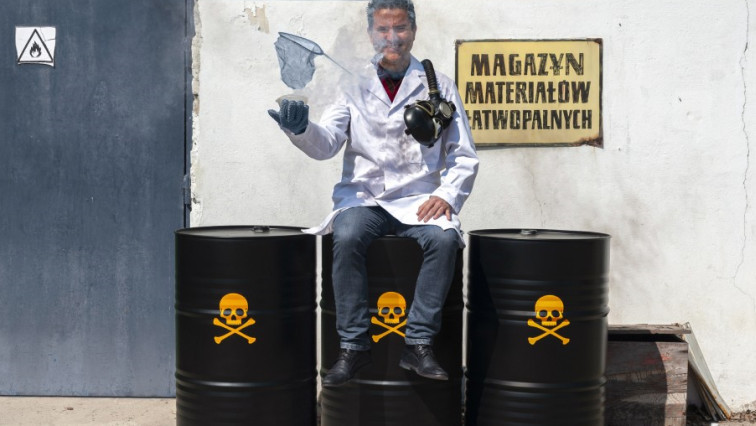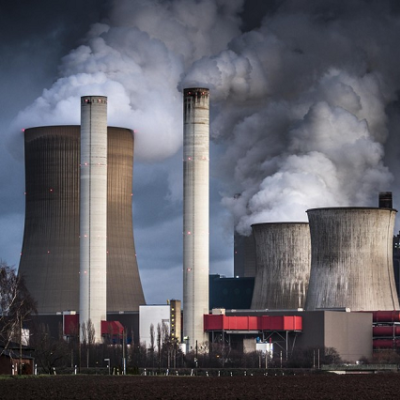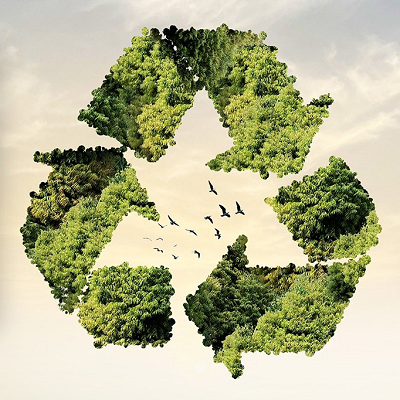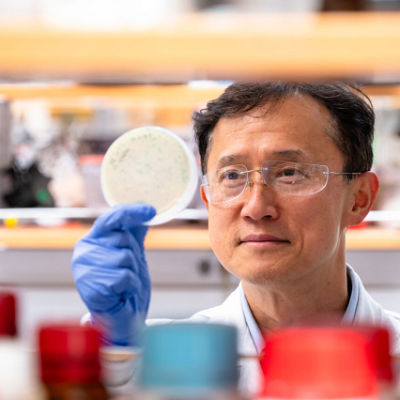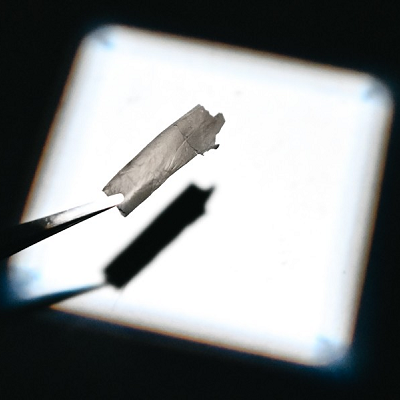We live in times when among the most limited and precious resources on Earth are air and water. No matter the geographical location, the pollution spreads quickly, negatively affecting even the purest regions like Mount Everest. Thus, anthropogenic activity decreases the quality of the environment, making it harmful for flora and fauna. Current waste treatment methods are not sufficient, so novel and effective methods for maximizing pollutants removal are highly needed.
One of the robust and prosperous solutions that make it possible to degrade various highly toxic chemicals from air and water is based on nanotechnology. Nanomaterials offer unique physicochemical properties, establishing them capable to catalytically detoxify harmful substances faster and more efficiently than within classical filtration-based approaches. Facing the global pollution challenges, an international team led by prof. Juan Carlos Colmenares from the Institute of Physical Chemistry, Polish Academy of Sciences (IPC PAS) opens new horizons on harmful chemical treatment. They have synthesized a novel nanomaterial that can be used for multiple toxic compounds degradation.
Periodic table in the air and water
Nowadays, air and water contamination is higher than ever before, pursuing the whole world for remedying their treatment. Industrial wastes are full of organic molecules that are harmful to all types of living organisms. Quite often, they persist and accumulate in the environment for a long time, and once they enter the body, they may cause severe serious problems. Some might have a lethal effect depending on their type, even after a short exposition of a low concentration. Even if some toxic compounds are not breathed in, the air is full of humidity that sooner or later gets to the water and soil. Air pollution becomes a water and soil problem, making it more challenging to treat effectively.
Small size - high hopes
Among many techniques used for efficient air and water purification, the environmental contamination scale requires novel solutions and applications based on nanotechnology. Nanomaterials offer a tremendous high surface area to volume ratio and surface activity, making them highly reactive towards many chemicals. While only some offer low cytotoxicity, their diversity is constantly growing, establishing them as ideal candidates for application in this particular field – environmental remediation.
Recently, researchers from IPC PAS led by prof. Juan Carlos Colmenares proposed using commercial chemically stable and low toxic compound – titanium dioxide (TiO2 P-25) and combining it with carbon-based compounds, specifically graphite oxide (rGO), for effective detoxification of various compounds in air and water. TiO2 works as a photocatalyst that can degrade a wide range of chemical pollutants, including organic compounds and even microbes, under UV light or even solar light. Moreover, its synthesis is cost-effective, and such material is inert towards decomposition after air exposition.
Researchers proposed to modify the classical TiO2 nanoparticles, scrolling them like a croissant by ultrasounds into the nanometric rolls called nanotubes. The scrolling procedure leads to unique properties and improves the nanocomposite's photocatalytic properties, where the nanorolls work as a trap for some harmful compounds. That feature makes it an efficient adsorbent, where the treated molecules can get stuck between particular layers of the nanotubes. Moreover, the material was peeled onto the surface and then chemically modified into the novel titanate form covering the whole nanotubes uniformly.
"The developments in nanotechnology pronounced our capability to imagine and hence design novel nanomaterials. Our vision that became reality was to synthesize a nanocomposite that combines the unique properties of the thinner two-dimensional nanomaterial, graphene, with the high photoreactivity of titanium oxide nanotubes. The incorporation of reduced graphite oxide had a positive impact on the desired physicochemical properties as well as on both photocatalytic and adsorptive efficiency comparing to solely titanate nanotubes and the benchmark titanium oxides.
This composite presented an elevated detoxification efficiency against the assumed as the "King" of Chemical Warfare agents, mustard gas. Going a step further, experiments revealed additionally that this composite can have alternative environmental remediation applications against a plethora of organic pollutants as well as to be utilized as catalyst for the upgrade of biomass derived platform compounds towards important green-oriented chemicals" – remarks the first author, dr. Dimitrios A. Giannakoudakis.
The as-synthesized nanotube-shaped scrolled titanate nanosheets were immobilized onto the reduced graphite oxide (rGO) flakes forming a more efficient catalyst than sole TiO2 or carbon-rich rGO. Moreover, the coupling of titanates with rGO sheets improves the photoactivity of the composite. TiO2 works as a photocatalyst under ultraviolet light exposure. At the same time, titanate nanotubes coupled with rGO can absorb light also in the visible range. The coupling of these two components makes such a composite universal for air and water purification from various harmful chemicals under the solar irradiation.
In their work, the authors presented a modern synthetic approach to achieve the synthesis of the nanocomposite. They have also shown that the toxic vapors are detoxified onto the composite surface, forming less- or non-toxic molecules that can remain strongly adsorbed on the material's surface. That work was published in Chemical Engineering Journal (Elsevier), presenting spectacular efficiency in detoxification, making the composite a promising material for highly effective air and water pollution treatment.
Prof. Juan Carlos Colmenares claims, "We consider the ultrasonication pre-treatment before the hydrothermal treatment is crucial to the formation of our targeted homogeneous nanocomposite, consisting of the nanotube-shape scrolled trititanate nanosheets with well-dispersed and exfoliated rGO, as magnetic stirring (silent pre-treatment) is giving us an almost inactive photocatalyst. The superiority of our nanocomposite over the benchmark photocatalyst TiO2 P25 is arisen from the nanostructured nature and associated with the high amount of surface functional groups that act as catalytic centers and its developed porosity which together with its high level of reusability make it a perfect material for environmental remediation under solar irradiation.
Our research efforts (under fruitful collaboration with Prof. Teresa J. Bandosz from the City College of New York, USA) the last years revealed that the utilization of ultrasound irradiation during the materials synthesis can lead to novel nanomaterials of unique physicochemical properties".
Read the original article on Institute of Physical Chemistry of the Polish Academy of Sciences (IPC PAS.)

